Curious about the key factors influencing the diamond market in USA? From global economic shifts to fashion influences and evolving consumer values, the industry is constantly being reshaped. Explore the most significant factors that impact diamond demand and trends in today’s market.
Overview
The diamond market in the USA is shaped not only by domestic demand but also by a variety of global factors that directly influence price, availability, and consumer preferences. As the world’s largest consumer of diamonds, the USA is deeply interconnected with international market trends.
Understanding these global factors is essential for anyone involved in the diamond industry. In this blog, we’ll explore the top influences on the USA diamond market, from economic conditions and geopolitical shifts to evolving consumer values and technological advancements.
Factors Influencing the Diamond Market in the USA
1. Economic Factors
1.1. Supply and Demand Dynamics
1.1.1. Global Diamond Production Trends: The global diamond supply is shaped by production from key regions, such as Russia, Botswana, and Canada. Economic conditions in these regions, geopolitical events, and mining challenges can all influence the availability of rough diamonds. For example, sanctions on Russia, a major diamond producer, have reduced the global supply, creating pressure on the market.
1.1.2. Consumer Demand in the USA: In the USA, demand for diamonds fluctuates with consumer confidence and disposable income. A robust economy tends to increase spending on luxury items, including diamond jewelry. Conversely, in times of economic uncertainty, such as during a recession, consumer demand for non-essential luxury goods decreases, directly impacting the diamond market.
1.2. Price Fluctuations
1.2.1. Impact of Economic Recessions: Economic recessions lead to a drop in consumer spending on luxury goods, including diamonds. The global financial crisis of 2008 and the economic challenges brought on by the COVID-19 pandemic caused significant contractions in diamond sales, as consumers shifted priorities to essential goods.
2. Social and Cultural Influences
2.1. Changing Consumer Preferences
2.1.1. Shift Towards Ethical and Sustainable Diamonds: Consumers, particularly in the USA, are increasingly prioritizing ethically sourced diamonds. This shift is driven by concerns about the environmental and social impacts of diamond mining. Ethical sourcing certifications, such as the Kimberley Process, have become essential for ensuring conflict-free diamonds, while lab-grown diamonds, seen as a more sustainable alternative, are growing in popularity.
2.1.2. Influence of Social Media on Trends: Social media platforms like Instagram and Pinterest play a crucial role in shaping diamond trends. Celebrity endorsements and viral engagement rings can drive significant spikes in demand for certain cuts, styles, or settings, making social media a powerful influence in the modern diamond market.
2.2. Generational Differences
2.2.1. Millennial and Gen Z Buying Habits: Millennials and Gen Z are changing the way diamonds are purchased, with many opting for lab-grown diamonds due to their ethical and environmental benefits. These generations also value affordability, leading them to seek out diamonds that offer a balance between price and ethical sourcing, such as smaller stones or non-traditional gems.
2.2.2. Traditional vs. Modern Views on Diamond Jewelry: While older generations tend to value traditional diamond engagement rings and luxury pieces, younger consumers are more open to alternative gemstones and minimalist designs. This shift has led to a diversification in the types of diamonds and jewelry styles in demand.
3. Technological Advancements
3.1. Lab-Grown Diamonds
3.1.1. Increasing Market Share: Lab-grown diamonds are quickly gaining market share due to their affordability and ethical appeal. These diamonds, which are chemically and physically identical to natural diamonds, offer consumers a more sustainable option without compromising on quality. As technology advances, production costs are dropping, making lab-grown diamonds more accessible to a broader audience.
3.1.2. Consumer Perception and Acceptance: Initially met with skepticism, lab-grown diamonds are now widely accepted, especially among younger buyers. Many consumers appreciate the environmental and ethical benefits of lab-grown diamonds, and as awareness grows, so does their acceptance in mainstream markets.
4. Regulatory Environment
4.1. Import/Export Regulations
4.1.1. Tariffs and Trade Agreements: Tariffs and international trade agreements can significantly impact diamond prices and availability. For instance, trade tensions between major diamond-producing countries and the USA can affect import costs, influencing market dynamics. Businesses need to stay updated on shifting regulations to navigate these complexities.
4.1.2. Conflict Diamond Legislation: Laws like the Kimberley Process Certification Scheme are critical in ensuring that conflict diamonds do not enter the market. This legislation mandates stringent checks and balances, which has become an essential factor for consumers who prioritize ethical purchases.
4.2. Industry Standards and Certifications
4.2.1. Grading Systems and Their Impact: Industry grading systems, such as those from the Gemological Institute of America (GIA), help determine a diamond’s value based on the four Cs: cut, color, clarity, and carat weight. These certifications offer consumers confidence in the quality of their purchase, influencing demand and pricing.
4.2.2. Ethical Sourcing Certifications: Beyond quality, certifications for ethical sourcing are becoming increasingly important. Programs like the Kimberley Process ensure that diamonds are sourced responsibly, reducing the market for conflict diamonds and aligning with growing consumer expectations for transparency and sustainability.
VBJ: Heritage in Every Design, Excellence in Every Detail
At Vummidi Bangaru Jewellers, we take pride in offering exquisitely crafted jewelry that harmonizes tradition with modernity. With generations of expertise, our designs showcase the finest diamonds and gemstones sourced with integrity and precision. Our commitment to ethical practices, quality craftsmanship, and timeless elegance has solidified our reputation as a premier destination. Vummidi Bangaru Jewellers is where heritage meets innovation, creating treasures that last a lifetime.
Come and visit us to explore a world of exquisite craftsmanship and timeless elegance!
Final Thoughts
The diamond market in the USA is a complex ecosystem influenced by a range of economic, cultural, and technological factors. As consumer preferences evolve and new challenges arise, the industry must adapt to maintain its allure. By understanding these influences, both buyers and sellers can navigate the diamond market more effectively, ensuring that this timeless symbol of love continues to shine brightly.
| For Latest Updates and Trends Checkout Official Vummidi Bangaru Jewellers Instagram Page |
FAQs Releated To Factors Influencing The Diamond Market In USA
1. How do global production trends affect the supply of diamonds in the USA?
Fluctuations in global diamond production, like mining efficiency or geopolitical issues, directly influence diamond supply in the U.S., often leading to price changes due to limited availability.
2. How is social media influencing the demand for diamonds?
Social media, particularly celebrity and influencer endorsements, can quickly drive trends in diamond jewelry, increasing demand for specific cuts or styles showcased online.
3. What is driving the growing preference for ethical and sustainable diamonds?
Rising awareness of the environmental and social impacts associated with diamond mining has shifted consumer preferences towards ethically sourced and lab-grown diamonds, which are seen as more sustainable choices.
4. How do certifications impact the diamond-buying process?
Grading certifications from organizations like GIA guarantee diamond quality, while ethical sourcing certifications assure consumers that their diamonds are conflict-free and responsibly sourced.
5. What is a blood diamond?
A blood diamond, also known as a conflict diamond, is a diamond mined in areas controlled by rebel groups, which is then sold to fund military actions and conflict. These diamonds are often sourced from places with significant human rights concerns.
 Store Locator
Store Locator 

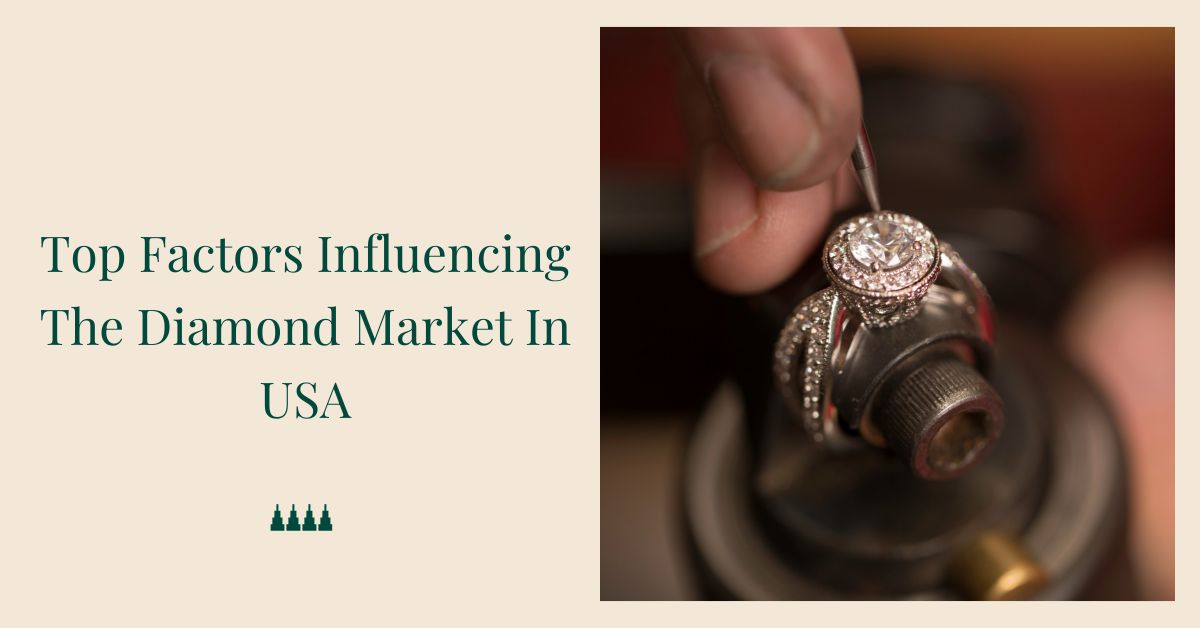
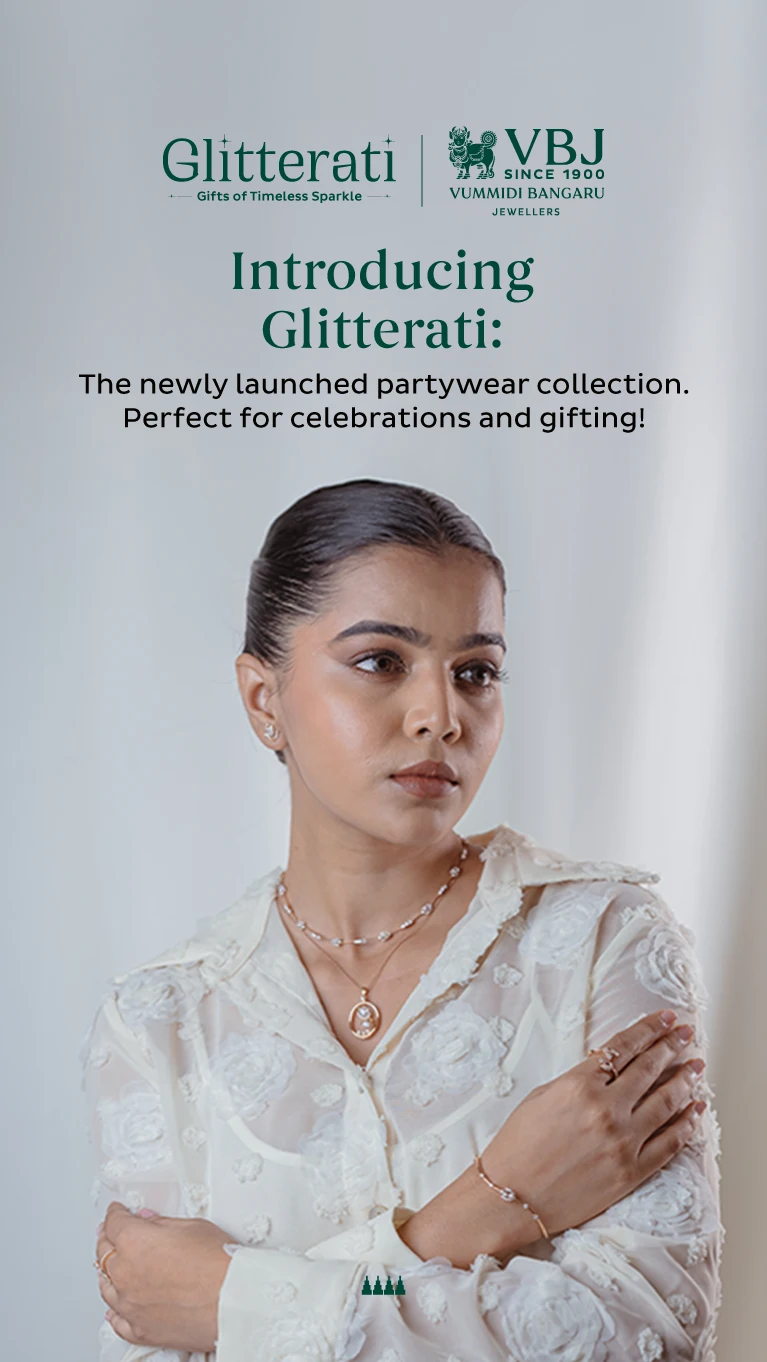

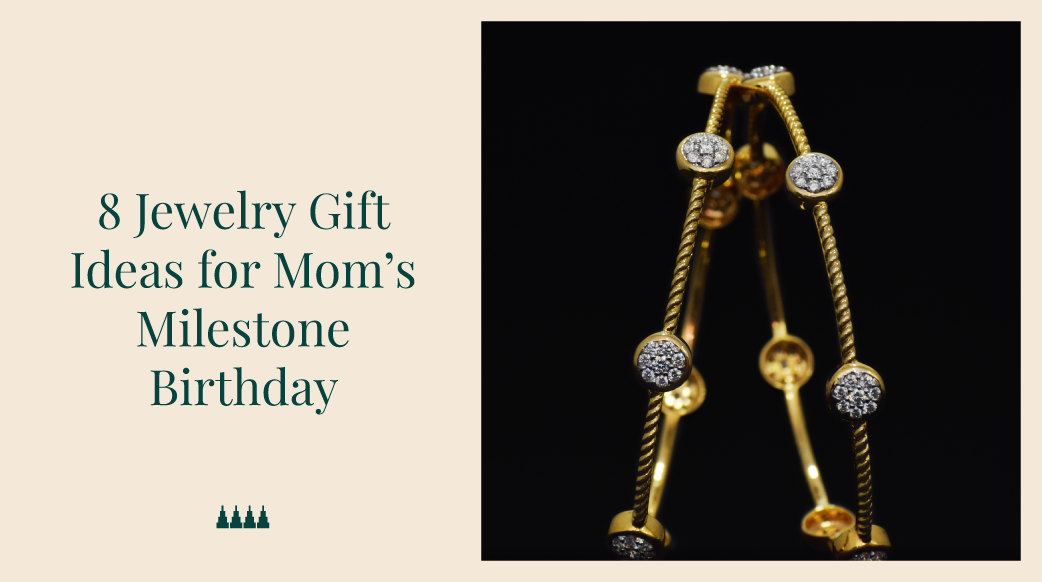
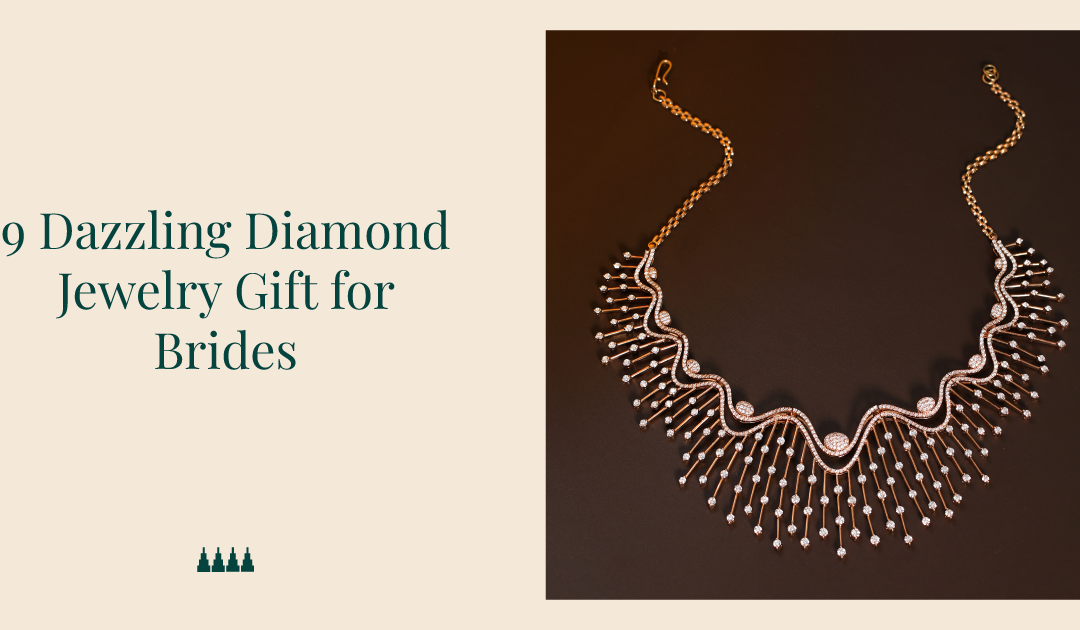
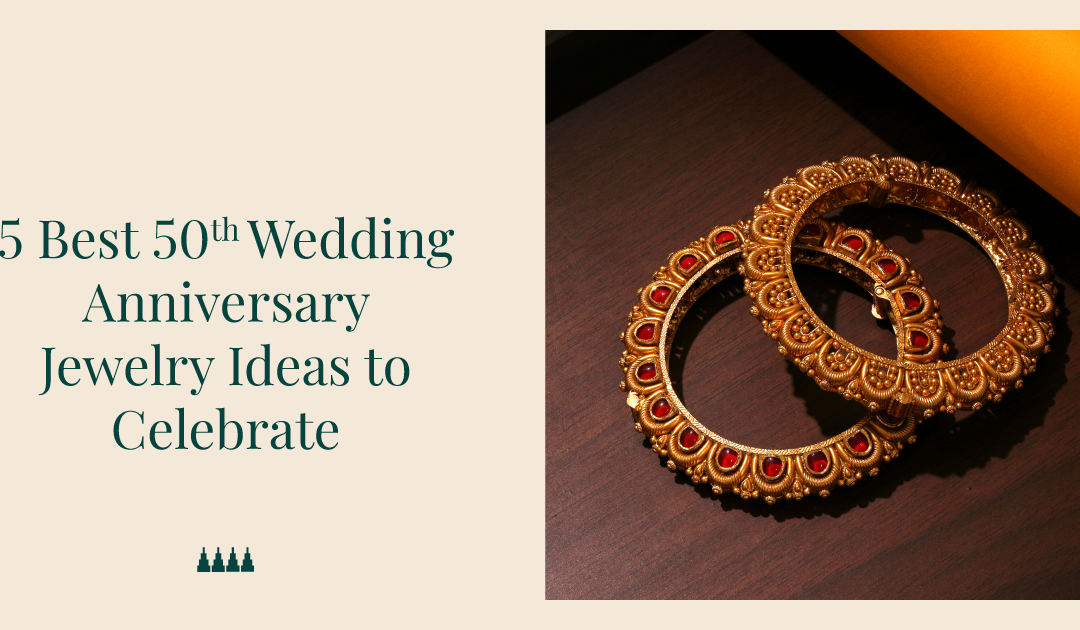
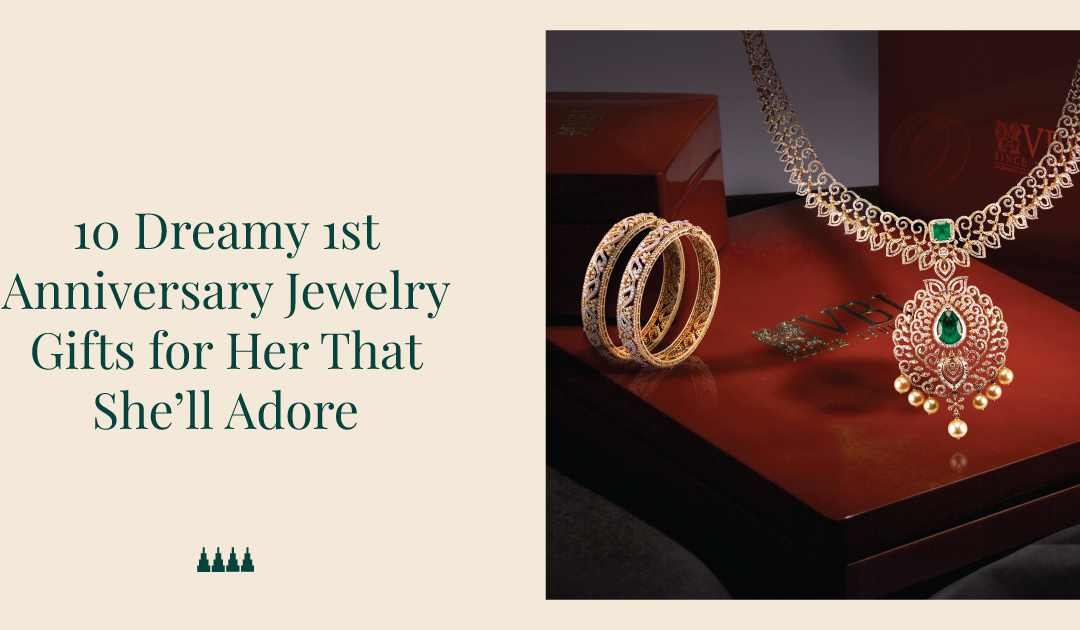
0 Comments